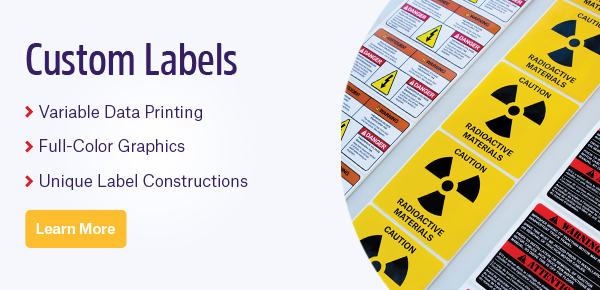 Radio-frequency identification (RFID), one of the fastest developing identification technologies, has been adapted to a multitude of industries, from automotive and aerospace sectors to oil and gas and construction. It has several advantages over conventional barcodes, like the ability to scan multiple items simultaneously without a direct line-of-sight, added security, and the possibility of encoding tags multiple times. Though RFID is an extremely powerful tool for item identification, implementing an RFID-based system in the steel manufacturing sector comes with unique requirements that, once met, will allow for increased productivity and reduced costs.
Radio-frequency identification (RFID), one of the fastest developing identification technologies, has been adapted to a multitude of industries, from automotive and aerospace sectors to oil and gas and construction. It has several advantages over conventional barcodes, like the ability to scan multiple items simultaneously without a direct line-of-sight, added security, and the possibility of encoding tags multiple times. Though RFID is an extremely powerful tool for item identification, implementing an RFID-based system in the steel manufacturing sector comes with unique requirements that, once met, will allow for increased productivity and reduced costs.
RFID tags and labels need to resist harsh environments
Manufacturing steel is a complex process that utilizes extremely high heat. Typical issues with labeling steel slabs are that once produced, they retain heat for some time. Ideally, once produced, slabs and rolls of steel should be identified immediately; this requires specialized labels that adhere to hot metal surfaces. These labels also need to resist chemicals used to clean the metal, such as strong acids (e.g. hydrochloric or sulfuric acid), alkaline solutions, and wetting agents.
Recent advances in RFID technology now allow almost any type of label to be outfitted with an RFID inlay. For steel manufacturing, we recommend self-laminating labels that resist high temperatures. The label’s adhesive is designed to withstand heat, while the laminate is needed to provide the label with extra protection against acids, oils, and other chemicals used for pickling.
RFID signals bounce off metal
One of the drawbacks to using RFID is that signals emitted by chips can often bounce off metal surfaces, reducing their ability to be read by scanners. Overall, these signals penetrate metal very poorly, so the placement of any RFID tag or label is essential for metal slabs and rolls. Ideally, the chip should be placed on the outside of the object at an appropriate angle, where possible, to provide maximum reliability and read distance. Once the proper parameters are determined, testing should follow to ensure RFID readability.
This is where collaborating with a label manufacture has a distinct benefit. Certain manufacturers with a high level of expertise in RFID and labels, like IndustriTAG, will provide samples and allow you to test the identification solution before fully committing. This ensures that all requirements are met beforehand, including label type, placement, and scanner settings. The manufacturer can help guide the process of developing the solution, so that when it’s time to implement it wholesale, it remains efficient and accurate.
Metal can detune tags
Another potential hurdle to implementing RFID in the steel industry comes from the fact that metal can detune RFID antennas when it comes in contact with the chip. Specialized tags and labels are necessary that contain spacers to prevent the chip from coming into direct contact with metal and ultimately preventing detuning from occurring. Again, we recommend thorough testing for this possibility to assess the frequency and extent of detuning, should it become an issue.
ThyssenKrupp as a model for RFID implementation
Though there are many factors to consider before switching to RFID, it’s something that’s already been done to great success. ThyssenKrupp, a German-based steel manufacturer, is an example of how a company can test a brand-new RFID system. They initially wanted to implement RFID as a way to save time and reduce labor. They knew that manual identification of slabs via human-readable text was slow, and they had issues with barcodes because the slabs are often stored outdoors, where direct sunlight along with ice and snow make reading them difficult. So, they had ultra high-frequency (UHF) smart labels made and affixed to the slabs, with crane-mounted readers to scan the slabs as they are unloaded. They initially tested the system by affixing the tags to 1000 slabs at a plant in Brazil and tracking them as they were transported to Germany. The solution shortened unloading times significantly, providing cost savings to the company, who expanded the system to a mill in Brazil. They even began an RFID-based “borrowing box” to track their tools and equipment usage.
RFID can drastically upgrade logistics and inventory, no matter the company or sector. Though steel manufacturers face distinct constraints, other businesses may not. With some smart planning and thorough testing, integrating RFID is one of the simplest ways to increase productivity and cost savings across the board. With the right manufacturer to guide the process, it’s likely to revolutionize how steel manufacturers conduct business for years to come.

